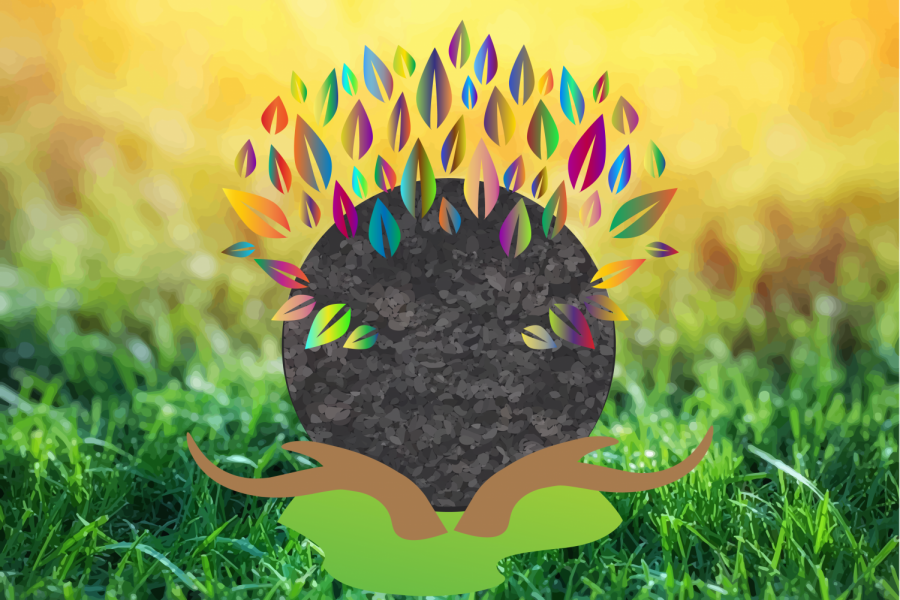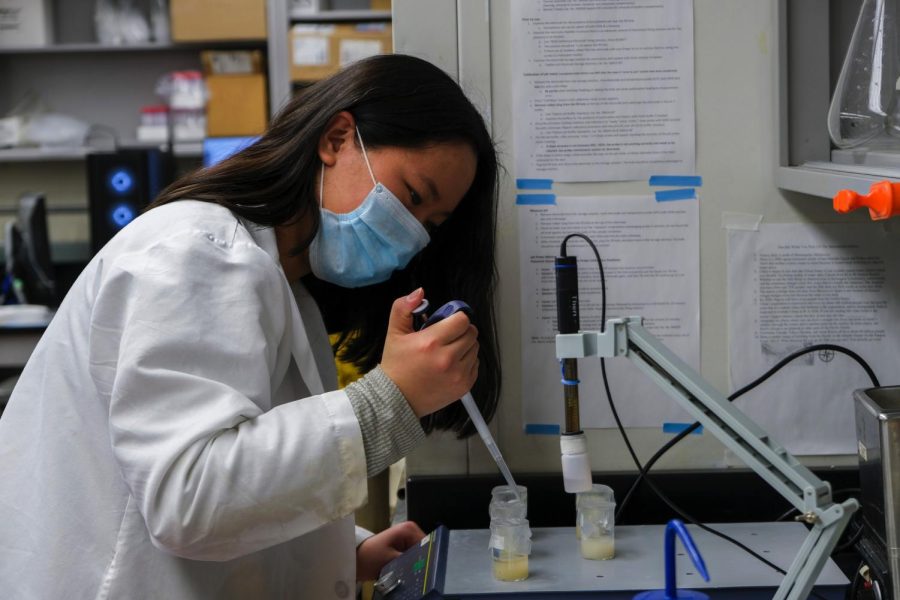A small forest starts to grow around a three-and-a-half acre harvest area at the University of Minnesota’s Cloquet Forestry Center. Supplemented by the growth of dark charcoal-like material, the Center is testing these trees for a new type of fertilizer called biochar.
Biochar, a material made from organic resources like wood, grasses and manure, is heated to an extremely high temperature, and when processed properly, biochar can return carbon and other nutrients to the soil. Researchers think it could ultimately help forests in Minnesota combat drought caused by the climate crisis.
“With climate change expected to increase drought prevalence and some of our soils being really, really sandy so they hold very little water in the first place, if we can increase that water-holding capacity, will that increase resilience to climate change?” asked Dr. Marcella Windmuller-Campione, a professor in the Department of Forest Resources at the University.
Windmuller-Campione said biochar has been used in agricultural settings before, but there is little research about its use in a forest capacity. Some of her research has been testing different amounts and varieties of biochar on forest sites around the state. The work is long-term, and she will continue to monitor tree sapling growth in the coming years.
Because the seedling stage of a tree is an especially vulnerable time for the plant, some saplings have died in recent years because they have not had enough resources, Windmuller-Campione said.
Biochar could allow trees to maximize the water they can hold in their roots so they can grow bigger and tolerate droughts better in the future.
Another function of biochar is carbon storage.
Plants absorb carbon and typically release it into the atmosphere. Because biochar could help these trees grow, as adults, the plants could absorb more carbon dioxide in the future and continue storing carbon in their roots. Carbon dioxide is a gas that traps heat in the atmosphere and contributes to global warming.
“If we store carbon, that’s one way to increase resilience of the system,” Windmuller-Campione said.
Biochar can also be made using wood from trees that have died from the emerald ash borer or woody materials like bark, limbs and branches left behind by loggers, she said.
Using these types of materials could be a natural solution for climate change in Minnesota, said Ashley McFarland, executive director of Dovetail Partners, a Minnesota environmental nonprofit that has been working with partners like the University to research biochar. It is a way for old trees to help new trees grow.
Finding a market
One of the challenges of integrating biochar in forests comes with the infrastructure and application process. Unlike a flat agricultural field, forests are uneven — which can make applying biochar tricky.
Windmuller-Campione said the process can be expensive and time-consuming. Others involved with this research are exploring potential markets for biochar and ways to integrate them if her research can prove its effectiveness.
“It’s trying to figure out which piece of the question is needed: Is there a market for it, and is there a market to develop it? And then, if there is a market to develop it, who’s going to use it? And then if someone’s going to use it, how are they going to apply it?” she said.
Moving forward, Windmuller-Campione said her team will continue its research this summer and will look into how soil functions in these plants in a greenhouse environment.
“I like to think of forest management … as these tools in the toolbox,” Windmuller-Campione said. “And with climate change, it means we need all the tools that we can have.”























